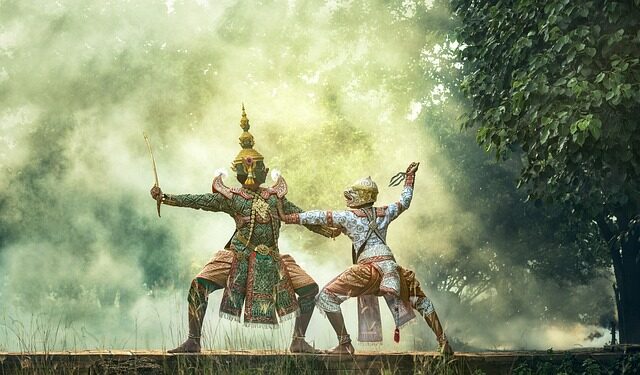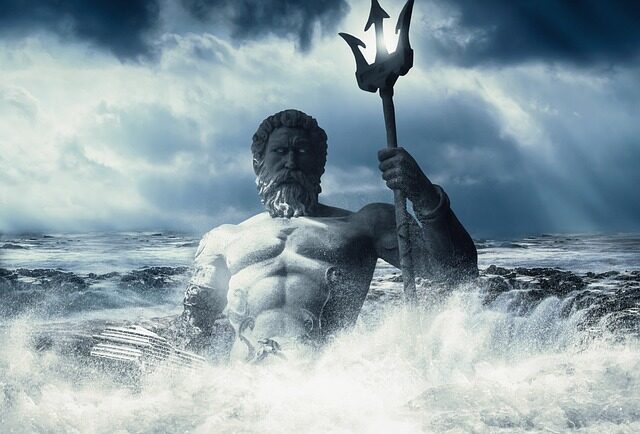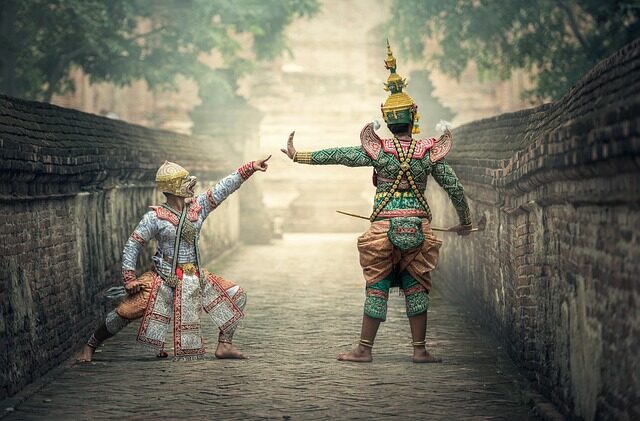Viking Mythology Explained
In the tapestry of world mythologies, Viking mythology stands out with its vivid narratives and powerful deities. Known for its complexity and depth, it has captured the imagination of many. Viking mythology explained offers a fascinating window into the beliefs and stories of the Norse peoples of Scandinavia.
From the might of Thor to the wisdom of Odin, these ancient tales speak of heroes, gods, and the nature of the cosmos. Viking mythology explained for beginners provides a foundation to these enthralling stories that continue to influence modern culture.
What is Viking mythology?
Viking mythology, or Norse mythology, is the body of myths from the North Germanic peoples, stemming from Norse paganism and continuing after the Christianization of Scandinavia. It forms the religious framework of the pre-Christian Viking societies and includes tales of gods, giants, and the end of the world.
The mythology revolves around an array of powerful deities, each with their own domains and powers, and was primarily passed down through oral traditions before being recorded in medieval manuscripts. These stories provide more than mere entertainment; they offer insights into the values, beliefs, and cosmology of the Norse people.
Central to these myths is the cosmology of the Nine Worlds, interconnected by the Yggdrasil, the world tree, and the narrative of Ragnarök, the foretold apocalypse that brings rebirth to the cosmos. The mythology reflects not just a religion, but a way of understanding life and the universe.
How did Viking mythology evolve over time?
Originating in Proto-Norse times, Viking mythology evolved as it absorbed elements from neighboring cultures. As Vikings traveled, their mythology incorporated elements from Celtic, Slavic, and even Roman myths.

The transition to Christianity also influenced the evolution of these myths, as many deities and stories were demonized or adapted to fit Christian narratives. Despite this, many aspects of Norse mythology persisted in folklore and customs.
The advent of the written word marked another significant evolution. Texts like the Prose Edda and the Poetic Edda were compiled in the 13th century, preserving many stories that might have otherwise been lost. The way these texts were written—often by Christian scholars—also shaped our current understanding of Viking myths.
Today, Norse mythology continues to evolve through modern interpretations and reimaginings in literature, film, and other media, ensuring the legacy of the Vikings and their beliefs endures.
Who are the major gods in Viking mythology?
The Norse pantheon is rich with diverse and dynamic figures, each embodying different facets of life and nature. Odin, the Allfather, is the god of wisdom, war, and death. His son Thor, wielding the mighty hammer Mjölnir, is the protector of mankind and the god of thunder.
Freyja, the goddess of love, fertility, and battle, is another key figure, renowned for her beauty and fierce spirit. There are also numerous other gods and goddesses, each with their own myths and legends.
- Odin – The wise and enigmatic leader of the gods
- Thor – The powerful god of thunder
- Loki – The trickster god, known for his cunning and mischief
- Freyja – The goddess of love and war, with a chariot pulled by cats
- Heimdall – The watchman of the gods, guardian of the Bifröst bridge
The complex relationships and stories of these gods form the backbone of Norse mythology, with each deity playing a role in the cosmic drama that is the Norse universe.

What are the Nine Worlds in Viking mythology?
The Nine Worlds of Norse mythology are realms that exist within the branches and roots of Yggdrasil, the world tree. These worlds encompass various beings and landscapes, from the gods to the giants, humans to the dead.
- Midgard – The world of humans
- Asgard – The realm of the Aesir gods
- Vanaheim – The home of the Vanir gods
- Jotunheim – Land of the giants
- Niflheim – The primordial world of mist and ice
- Muspelheim – The fiery realm of chaos
- Alfheim – The world of the light elves
- Svartalfheim – Land of the dwarves and dark elves
- Helheim – The underworld, ruled by the goddess Hel
These worlds are not just physical spaces but also represent different elements of existence and aspects of life, interconnected yet distinct.
What is the significance of Yggdrasil in Viking mythology?
Yggdrasil, the world tree, is the central cosmic symbol in Norse mythology. It is the axis mundi, connecting the Nine Worlds, and serves as the framework for the Norse cosmological view.
Yggdrasil is not only a physical structure but also a spiritual one, representing the cyclical nature of life, death, and rebirth. It’s the anchor for existence, with roots drawing from the well of knowledge, maintained by the Norns, the fates of Norse mythology.
As an evergreen ash tree, Yggdrasil withstands the extremes of the primordial realms, symbolizing resilience and the interconnectedness of all life. Creatures such as the serpent Nidhogg and the eagle perched atop its branches represent the dynamic forces of creation and destruction.
The tree’s deep roots also signify the layered complexity of the Norse mythological world, reaching into the depths of the underworld and the heights of the divine realm.

How does Viking mythology influence modern culture?
Norse mythology has seeped into many aspects of modern culture, from literature and media to popular entertainment. Marvel’s Thor and the portrayal of Norse gods in movies and comics have brought these ancient characters to a global audience.
Literary works such as Neil Gaiman’s «Norse Mythology» have contributed to a resurgence of interest in these myths. Norse mythology creatures like dragons and dwarves feature prominently in fantasy literature and games, showcasing the enduring fascination with these ancient tales.
Even in language, the influence persists; days of the week like Thursday (Thor’s day) and Wednesday (Odin’s day) are reminders of Norse gods’ influence. Festivals, artworks, and music also draw inspiration from this rich mythological tradition.
To further explore these captivating stories, the Viking mythology explained book series and various documentaries offer in-depth looks at the legends and their historical contexts.
In the middle of this exploration, let’s take a closer look at one aspect of Viking mythology through an informative video:

In conclusion, Viking mythology offers a broad canvas of stories that continue to inspire and intrigue. These myths provide insight not only into the Vikings’ beliefs but also into the universal themes of life, death, and the human condition. From the major gods to the Nine Worlds, from Yggdrasil to modern cultural influences, the legacy of Viking mythology endures, inviting all to delve into its depths.

